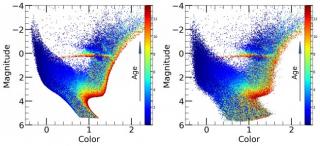
The IAC researcher and a Research Professor of the Spanish Higher Council for Scientific Research (CSIC), Javier Trujillo Bueno, has managed to win an ERC Advanced Grant, whose purpose is to support projects of world-wide scientific excellence, which will allow him to carry out pioneering research for 5 years on the polarization of solar radiation and the magnetic activity in the solar atmosphere. This is the first time that a Spanish scientist has obtained an ERC Advanced Grant in the field of “Science of the Universe”.
Advertised on




